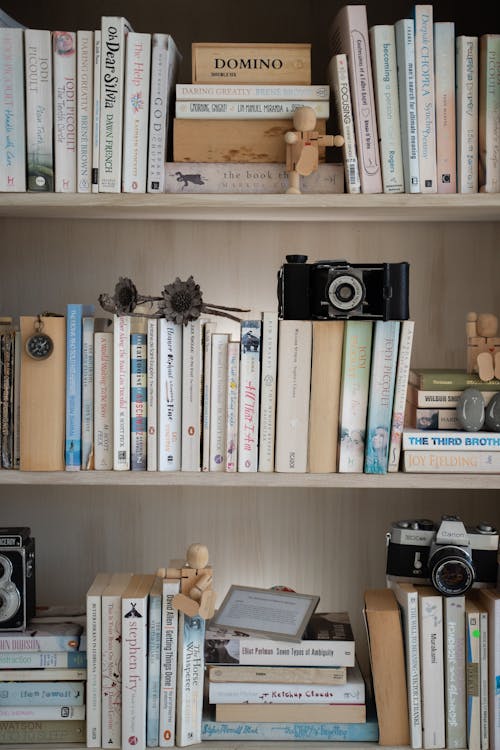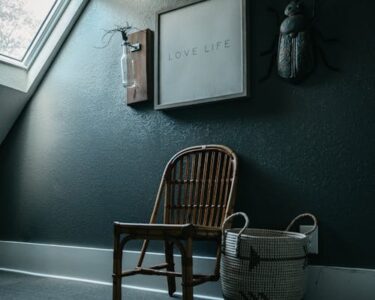“Minimalist Living Room: The Ultimate Small Space Solution
Living in a small space presents unique challenges, especially when designing a comfortable and functional living area. The key isn’t to cram more in, but to make smart choices that maximize the perceived and actual space. This is where the concept of a **minimalist living room** shines. Embracing minimalism offers a powerful approach to transforming limited areas into serene, organized, and inviting spaces. In this article, we’ll explore how to create your ideal **minimalist living room**, focusing on practical strategies specifically tailored for small environments.
Why Minimalism Works Wonders for Small Spaces
Minimalism is inherently about stripping away the non-essential. For a small living room, this means less clutter, which is the enemy of spatial perception. A **minimalist living room** feels open and airy because there are fewer visual distractions and less furniture taking up precious floor space. It simplifies cleaning and maintenance, making a small home feel more manageable and less overwhelming. It encourages thoughtful consumption and appreciation for the items you truly need and love.
Key Strategies for Creating Your Minimalist Small Living Room
1. **Declutter Ruthlessly:** This is the foundational step for any **minimalist living room**, especially in a small space. Go through every item. Ask yourself if it serves a purpose, is truly beautiful, or brings you genuine joy. Be honest. Donate, sell, or discard anything that doesn’t meet these criteria. The fewer items you have, the easier it is to maintain a clean, open feel.
2. **Choose Multi-Functional Furniture:** In a small **minimalist living room**, every piece should ideally work hard. Look for storage ottomans, coffee tables with hidden compartments, or modular seating that can be rearranged to suit different needs. Furniture with legs (rather than solid bases) creates visual space beneath, making the room feel less heavy and more open. Ensure furniture is appropriately scaled for the room – oversized pieces will overwhelm a small area.
3. **Embrace a Simple Color Palette:** Light, neutral colors (whites, creams, soft grays, light beiges) are the best friends of a small space. They reflect light, making the room feel brighter and larger. A consistent color scheme on walls and larger furniture pieces contributes to a calm, cohesive look that is central to a **minimalist living room** aesthetic. Use bolder colors or patterns sparingly as accents through pillows, throws, or carefully selected artwork.
4. **Optimize Lighting:** Natural light is precious in a small home. Keep windows as unobstructed as possible – opt for sheer curtains or blinds that can be easily pulled back. Supplement with artificial lighting at different levels (floor lamps, table lamps, wall sconces) to create warmth, eliminate dark corners, and add depth. Good lighting enhances the feeling of openness and highlights the carefully chosen elements of your **minimalist living room**.
5. **Think Vertically:** When floor space is limited, look up! Floating shelves provide storage or display space without taking up floor area. Tall, narrow bookcases or artwork hung strategically can draw the eye upwards, creating a sense of height and spaciousness, counteracting the limitations of a small footprint in your **minimalist living room**.
6. **Curate Your Decor:** A **minimalist living room** doesn’t mean empty walls, but rather thoughtful, intentional decoration. Choose a few key pieces of art, meaningful objects, or plants instead of many small knick-knacks. Groupings should be deliberate and clutter-free. Quality over quantity is the mantra – each item should contribute positively to the space.
7. **Organize and Contain:** For the items you keep, ensure they have designated homes. Utilize hidden storage solutions like boxes that fit neatly on shelves, bins under furniture, or cabinets. Keeping items tucked away maintains the clean lines and visual peace essential to a **minimalist living room**.
Beyond Space Saving: The Lifestyle Benefits
Creating a **minimalist living room** in a small space is more than just optimizing floor plans; it’s about fostering a sense of peace and tranquility. A clutter-free environment reduces visual noise and mental stress, allowing you to relax and focus. It makes cleaning quicker and easier, freeing up your time. It encourages a more mindful approach to living, where you surround yourself only with what you need and what truly matters.
Conclusion
Designing a **minimalist living room** in a small space is a rewarding process. It requires intentional choices about what you bring in and what you keep, focusing on functionality, beauty, and simplicity. By prioritizing decluttering, selecting smart furniture, using a simple color palette, maximizing light, utilizing vertical space, curating decor, and maintaining organization, you can transform your limited area into a highly functional, aesthetically pleasing, and calming retreat. A **minimalist living room** proves that you don’t need a large footprint to create a beautiful, comfortable, and serene home environment.”




